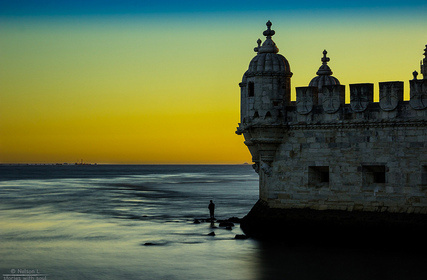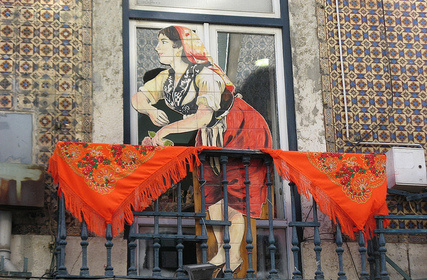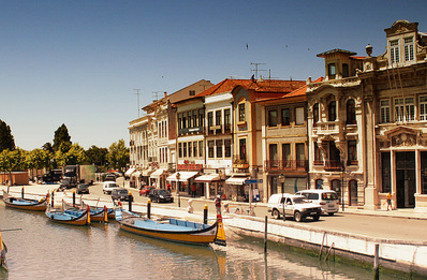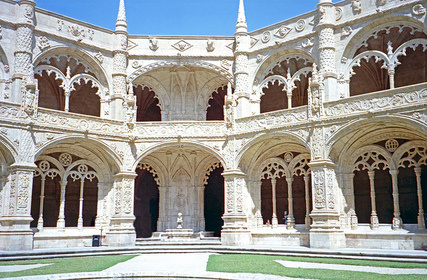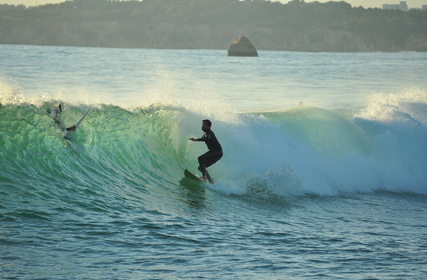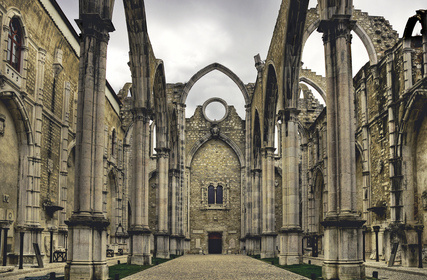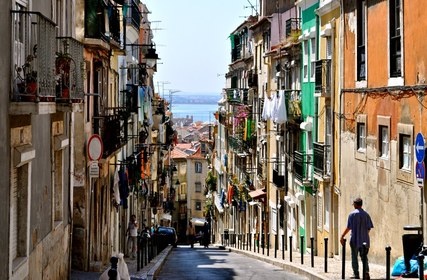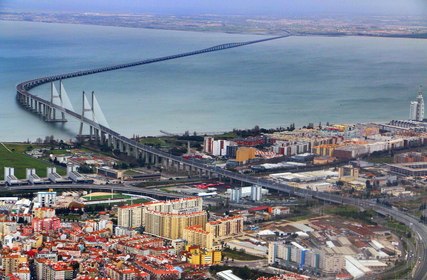Most popular locations in Portugal
-
Faro
Faro is the largest city in the Algarve region of southern Portugal, and home to a main airport hub (Faro International Airport) that brings visitors to the busy resorts stretching along over 20...
-
Quarteira
Quarteira is a city located 26 kilometers from Faro International Airport in the Algarve region of southern Portugal. Traditionally, a small fishing village it has seen huge popularity as a coas...
-
Marco de canaveses
The city of Marco Canaveses is strongly influenced by its topography, with mainly areas at altitudes between 200 and 600 meters, reaching the highest levels in Aboboreira and Montedeiras Mountai...
-
Lisboa
-
Moreira
Portugal is a fascinating country to discover with UNESCO World Heritage sites, traditional festivals, friendly people, lively cities and superb food. From rugged beaches to bustling cities and Moorish ruins, it’s a country ripe for exploring and sure to leave some lasting memories.
A brief history
The name Portugal originates from the Roman name for the town Portus Cale. Portugal has a tumultuous history and has been settled by the Celts, Phoenicians, Carthages, Romans and Moors.
From the 14th century, Portugal was a major player for exploration and the country dreamt of creating a vast empire with colonies established in South America, Africa, and the Far East.
In more recent times, Portugal was a founding member of NATO and is a member of the European Union and as a country they continue to make a presence economically in the tertiary sector and industries like cork production and agriculture.
When to go
The peak season to visit is during the warmer months (between June and September), with July and August offering the highest temperatures throughout Portugal and busiest periods in the coastal areas, especially the Algarve as August is when Portuguese people traditionally take their holidays.
Visiting Portugal in peak season means a price increase in travel-related costs (accommodation etc), however there are more local festivals and events happening. The temperatures do get quite high though in central Portugal, so bear this in mind if you intend to do lots of walking or sightseeing.
Between December and February, you’re likely to see some rainfall and feel colder temperatures, especially in the north where they receive snow on the mountains on the borders. The south of Portugal is much milder all throughout winter and it’s not uncommon to see sunshine and blue skies!
March to May and October are great months to visit Portugal as the temperatures are warm, and it is generally less expensive and less crowded everywhere.
Getting around
Portugal is located on the west side of the Iberian Peninsula next to Spain, with mountainous terrain to the north of the Tagus River, and rolling plains to the south.
It is not a large country, however some scenic areas are cut off to train and bus networks as the public transport is not as developed as other western European nations. You may also find limited public transport schedules in smaller villages.
If you intend on doing lots of touring, a private car is essential to really explore Portugal.
Meet the locals
The Portuguese are deemed to be the friendliest and most hospitable people in Europe. If you ask driving directions during your visit to Portugal it may result in a dinner invitation!
If you want to meet the locals, try hanging out at a weekly market watching grandmothers haggling over vegetables and codfish, sample some Portuguese wine at a lively bar or sit at a town square marveling at the medieval buildings.
Culture & customs
Portugal has strong traditions and customs around festivals, art, food and family which you are likely to experience as a visitor.
You may see traditional costumes at a festival, savour pastéis de nata (custard tarts) or Bacalhau à gomes de Sá (salt cod onions and potatoes) or enjoy a fado (traditional Portuguese folk music) performance as you sit at a pavement table drinking coffee.
Top cars
- Airports in Portugal
- Cities in Portugal




